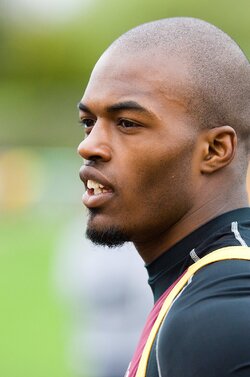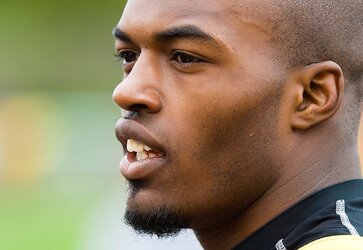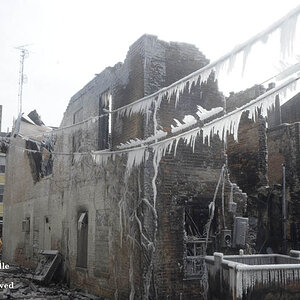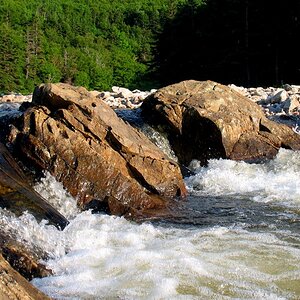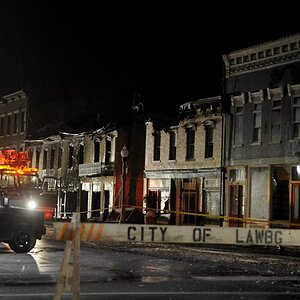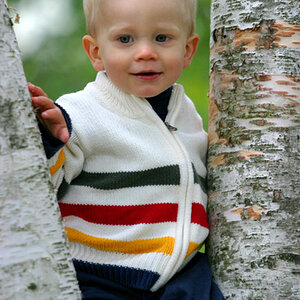Gavjenks
TPF Noob!
- Joined
- May 9, 2013
- Messages
- 2,976
- Reaction score
- 588
- Location
- Iowa City, IA
- Can others edit my Photos
- Photos OK to edit
I think this explains it pretty well at this point.
http://bitsofwisdom.org/wp-content/uploads/2010/12/imageswhat-chair.jpeg
Riiiiight. Is that why you posted a link earlier in the thread to a multipage article full of complicated graphs and tables and lens diagrams and circles of confusion? Because you wanted to communicate that depth of field is oh so simple?
It ISN'T simple. Pretending it is simple does nothing but cripple a photographer by making them not bother to learn the information they need to harness it to their advantage fully.
The stuff in your article was important. So was the 3 part visual diagram. So is understanding that creamy-looking backgrounds are not the same thing as DOF.



